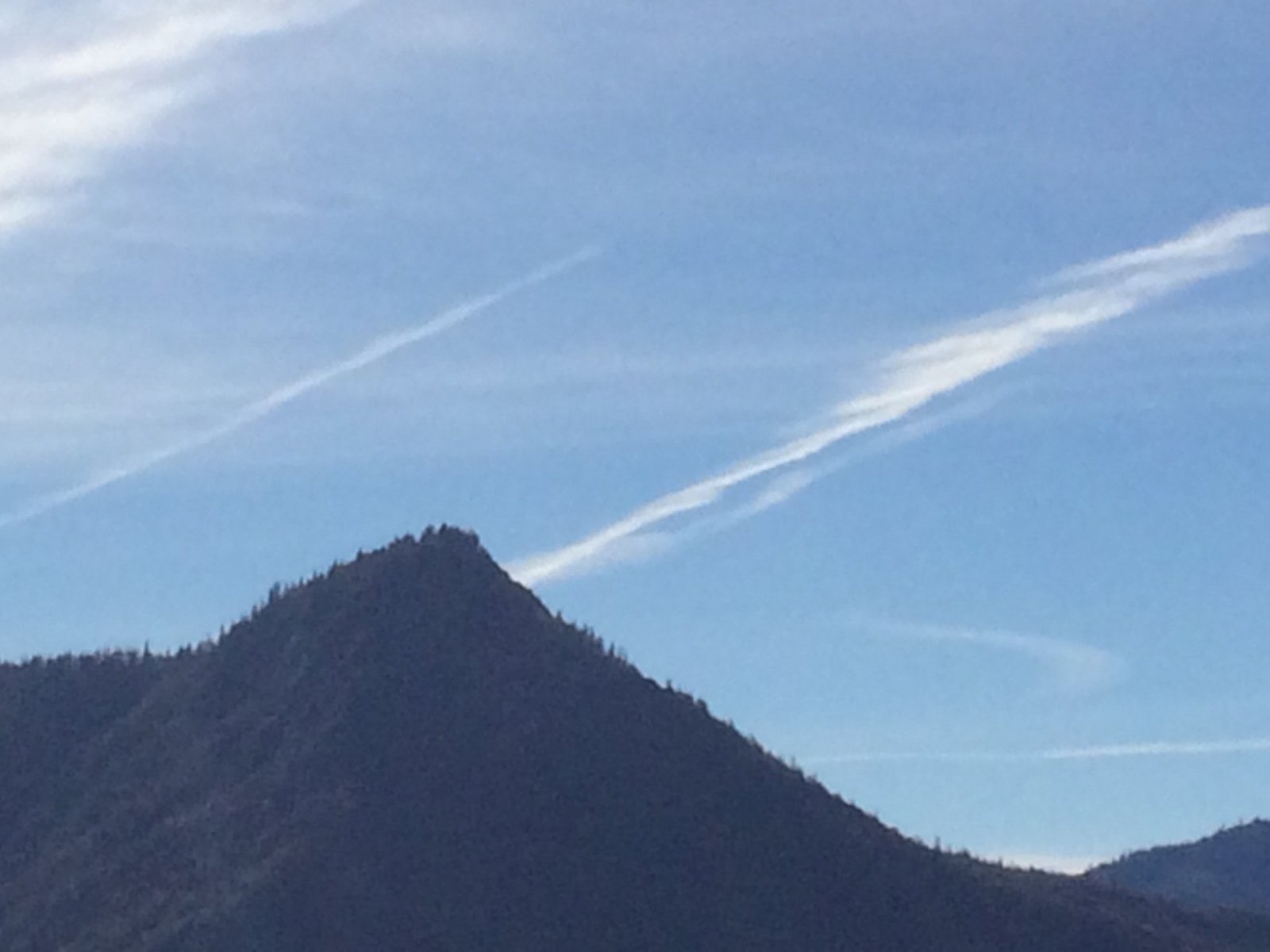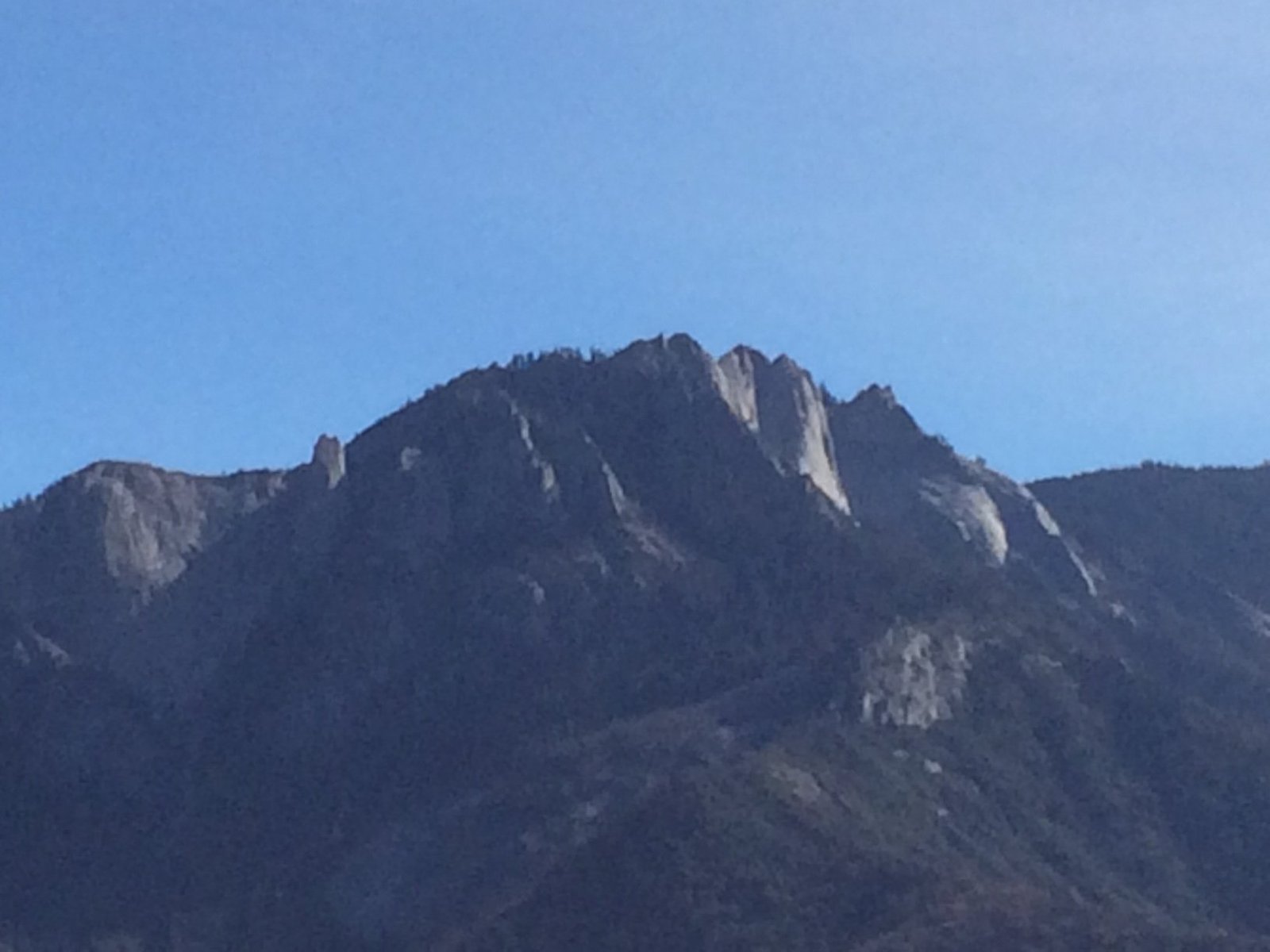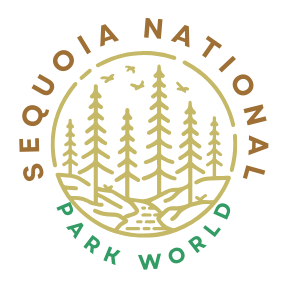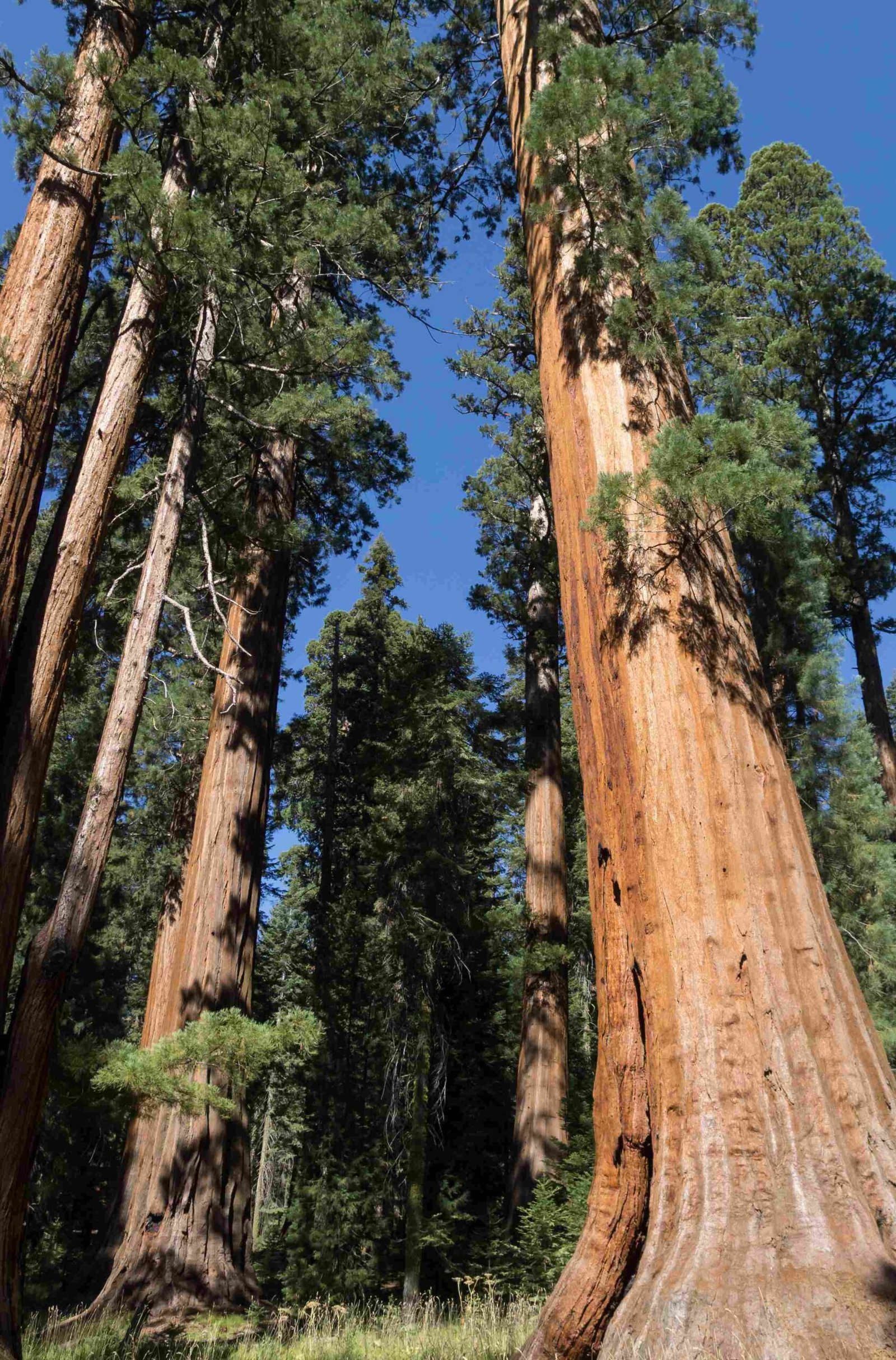Glacier Ridge in Sequoia National Park offers a remote and challenging hiking experience for adventurous trekkers. This rugged trail stretches approximately 32 miles round trip from Wolverton, featuring both on-trail and off-trail sections. Known for its panoramic views of the Great Western Divide and dramatic vistas of Deadman and Cloud Canyons, Glacier Ridge provides a unique perspective of Sequoia National Park’s diverse landscape. The trail’s difficulty and length make it suitable for experienced hikers prepared for multi-day backcountry excursions.
What is the Trail Route for Glacier Ridge Sequoia National Park?

The Glacier Ridge trail in Sequoia National Park presents a formidable challenge for hikers. Here’s a breakdown of the route:
- Starting Point: Wolverton
- Total Distance: Approximately 32 miles round trip
- Trail Type: Combination of on-trail and off-trail sections
- Difficulty: Challenging
The trail offers two main approaches:
- Marvin Pass Route:
- Longer but mostly on-trail
-
Passes through Roaring River and Cloud Canyon
-
Skier’s Sierra High Route:
- Shorter and more scenic
- Follows from Wolverton to the Tablelands
- Continues to the highest reaches of Deadman Canyon
The final stretch involves navigating through steep slabs on the west side of Glacier Ridge to reach the ridge crest.
How Long Does It Take to Hike Glacier Ridge?

Given the trail’s length and difficulty, hiking Glacier Ridge is typically a multi-day endeavor. The exact duration can vary significantly based on several factors:
- Hiker’s experience and fitness level
- Chosen route (Marvin Pass or Skier’s Sierra High Route)
- Weather conditions
- Time spent at viewpoints or resting
On average, experienced hikers should plan for:
| Day | Activity |
|---|---|
| 1-2 | Ascent to ridge |
| 3 | Exploration of ridge and viewpoints |
| 4-5 | Descent and return |
It’s crucial to allow extra time for unexpected challenges or to fully appreciate the stunning views along the way.
What Are the Best Viewpoints on Glacier Ridge?
Glacier Ridge offers some of the most spectacular vistas in Sequoia National Park. The high point along the ridge provides unparalleled views:
- Northern Great Western Divide: Arguably the best view of this impressive mountain range from the west
- Deadman Canyon: A dramatic birds-eye view of this deep canyon
- Cloud Canyon: Panoramic vistas of this parallel canyon system
The elevation of Glacier Ridge, towering over 4,000 feet above the canyon bottoms, contributes to these breathtaking views.
When is the Best Time to Visit Glacier Ridge?
The optimal time to visit Glacier Ridge depends on several factors:
- Weather Conditions: Late summer and early fall typically offer the clearest weather
- Visibility: Early morning and late afternoon provide the best light for photography and viewing
- Snow Cover: Trail conditions are generally best when free of snow (usually July to September)
- Crowd Levels: Being a remote trail, it’s less crowded year-round, but summer months may see slightly more hikers
What Wildlife Can Be Seen at Glacier Ridge?
While specific wildlife data for Glacier Ridge is limited, Sequoia National Park is home to diverse fauna. Visitors might encounter:
- Mule deer
- Black bears
- Mountain lions
- Various bird species
Wildlife viewing tips:
- Keep a safe distance from all animals
- Do not feed wildlife
- Be aware of your surroundings, especially in bear country
- Carry binoculars for distant wildlife observation
- Dawn and dusk are often the best times for wildlife activity
How Accessible is Glacier Ridge for Different Hikers?
Glacier Ridge presents significant accessibility challenges:
- Parking: Available at Wolverton trailhead, but may be limited
- Trail Conditions:
- Combination of on-trail and off-trail sections
- Off-trail parts require careful navigation through steep slabs and talus
- Difficulty Level: Challenging, suitable for experienced hikers only
- Accessibility for Mobility-Impaired Visitors:
- Not suitable for visitors with mobility issues
- No specific accommodations or transportation options available
Hikers with less experience or those seeking more accessible trails should consider alternative routes within Sequoia National Park.
What Should Hikers Pack for Glacier Ridge?
Given the remote and challenging nature of Glacier Ridge, proper preparation is crucial. Here’s a comprehensive packing list:
- Navigation:
- Topographic map
- Compass
-
GPS device (with extra batteries)
-
Sun Protection:
- Sunscreen
- Sunglasses
-
Hat
-
Insulation:
- Layers of non-cotton clothing
- Jacket
- Rain gear
-
Extra socks
-
Illumination:
- Headlamp or flashlight
-
Extra batteries
-
First-aid supplies
- Fire starter and matches in waterproof container
- Repair kit and tools (knife, duct tape, etc.)
- Nutrition:
- Extra food for 1-2 days
-
High-energy snacks
-
Hydration:
- Water bottles
-
Water filtration system
-
Emergency shelter (tent, bivy, or emergency blanket)
- Bear canister (required in Sequoia National Park)
- Trekking poles
- Camera (optional, for capturing the stunning views)
Remember, proper gear and preparation can make the difference between a challenging but rewarding hike and a potentially dangerous situation.
How Can Hikers Prepare for the Challenges of Glacier Ridge?
Preparing for Glacier Ridge requires more than just packing the right gear. Here are some essential steps:
- Physical Conditioning:
- Engage in regular cardio exercises
- Practice hiking with a loaded backpack
-
Work on leg strength and endurance
-
Navigation Skills:
- Learn to read topographic maps
- Practice using a compass
-
Familiarize yourself with GPS devices
-
Wilderness First Aid:
- Take a wilderness first aid course
-
Know how to treat common hiking injuries
-
Weather Awareness:
- Check weather forecasts before and during the trip
-
Understand mountain weather patterns
-
Leave No Trace Principles:
- Learn and practice Leave No Trace ethics
-
Understand how to minimize impact on the fragile alpine environment
-
Altitude Acclimation:
- Spend time at higher elevations before the hike if possible
-
Know the signs of altitude sickness
-
Emergency Preparedness:
- Create an emergency plan
- Share your itinerary with someone not on the trip
By thoroughly preparing in these areas, hikers can enhance their safety and enjoyment of the challenging Glacier Ridge trail.
Reference:
– Glacier Ridge via Tablelands
– AllTrails – Sequoia National Park
– NPS – Sequoia and Kings Canyon National Parks Trail Descriptions

